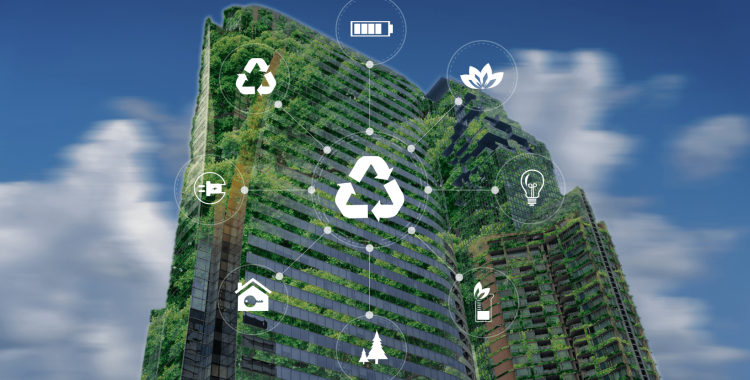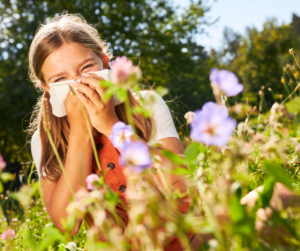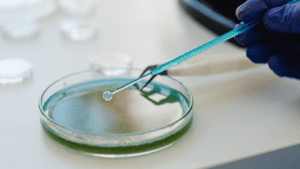In today’s world where climate change is a pressing issue, it is our responsibility to adopt sustainable practices in our daily lives. One of the areas where we can make a significant impact is through eco-friendly cleaning practices in commercial settings. As a business owner or a facility manager, implementing sustainable cleaning practices not only reduces your carbon footprint but also promotes a healthy and safe environment for your employees and customers. However, making this switch can be daunting, especially if you’re not sure where to start. In this article, we’ll cover the basics of eco-friendly cleaning and provide you with tips and tricks to implement sustainable cleaning practices in your commercial space. So, let’s dive in and learn how to make your cleaning routine more sustainable and environmentally friendly.
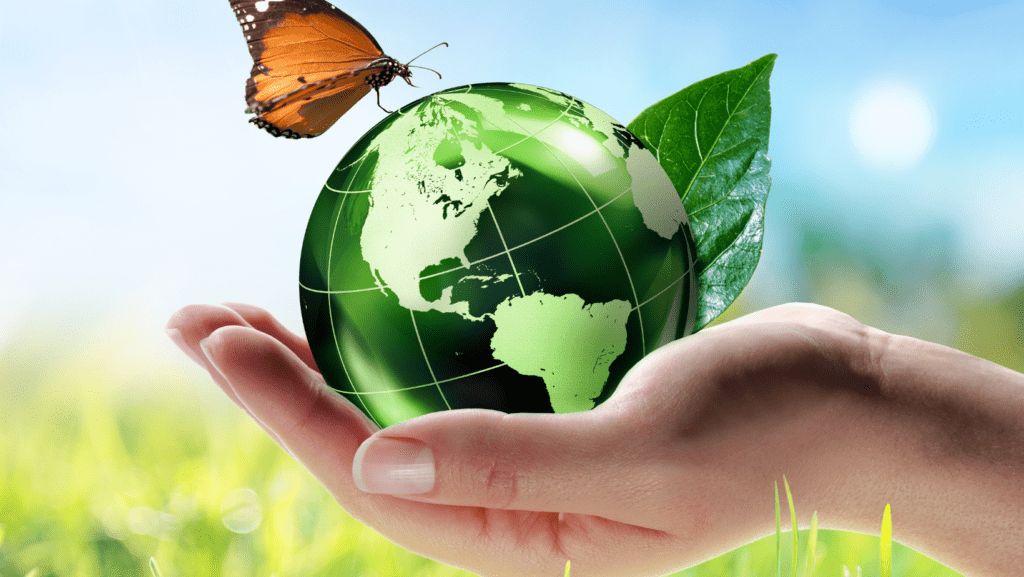
The importance of sustainable cleaning practices in commercial settings
Commercial cleaning is an essential part of maintaining a safe and healthy environment for employees and customers. However, traditional cleaning practices can be harmful to both the environment and human health. The use of harsh chemicals, for example, can lead to indoor air pollution and contribute to respiratory problems. Additionally, the disposal of non-biodegradable cleaning materials can have detrimental effects on the environment.
To address these concerns, it’s important to implement sustainable cleaning practices in commercial settings. Sustainable cleaning practices not only help protect the environment and human health but also save costs and improve the overall reputation of the business. By adopting sustainable cleaning practices, businesses can demonstrate their commitment to social responsibility, which can attract environmentally-conscious customers and employees.
Harmful chemicals commonly found in cleaning products
Many traditional cleaning products contain harmful chemicals that can have negative impacts on human health and the environment. Some of these chemicals include:
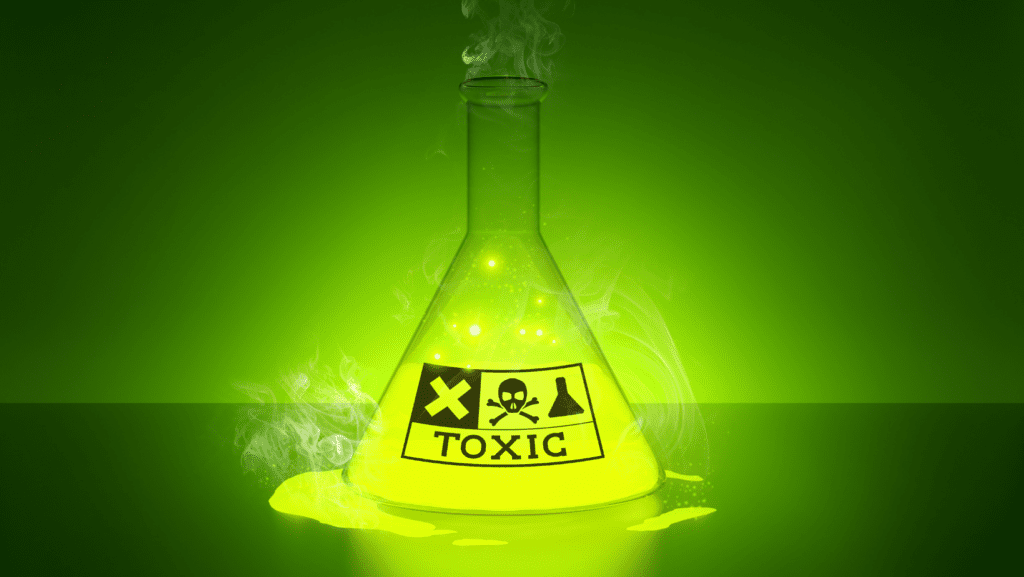
1. Ammonia
Ammonia is a common ingredient in cleaning products, including glass cleaners, bathroom cleaners, and all-purpose cleaners. It can irritate the eyes, skin, and respiratory system, and is harmful if ingested. Additionally, when ammonia is mixed with bleach, it can produce a toxic gas that can cause serious respiratory problems.
2. Chlorine bleach
Chlorine bleach is commonly used in laundry detergents, disinfectants, and other cleaning products. It can cause skin irritation, respiratory problems, and can be harmful if ingested. Additionally, when chlorine bleach is mixed with ammonia or other acidic cleaning products, it can produce chlorine gas, which is highly toxic.
3. Triclosan
Triclosan is an antibacterial chemical commonly found in hand soaps, dish soaps, and other cleaning products. It can contribute to the development of antibiotic-resistant bacteria and can have negative impacts on aquatic environments when washed down the drain.
Benefits of using eco-friendly cleaning products
Switching to eco-friendly cleaning products can provide numerous benefits for both the environment and human health. Here are some of the benefits of using eco-friendly cleaning products:

1. Safer for human health
Eco-friendly cleaning products are made from natural and non-toxic ingredients, which makes them safer for human health. They don’t contain harmful chemicals that can cause respiratory problems or skin irritation.
2. Better for the environment
Eco-friendly cleaning products are made from natural and biodegradable ingredients that break down in the environment. They don’t contribute to indoor air pollution and are less harmful to aquatic environments when washed down the drain.
3. Cost-effective
Eco-friendly cleaning products can be cost-effective in the long run because they are often concentrated and require less product to achieve the same level of cleaning effectiveness. Additionally, they can improve the overall reputation of the business, which can attract environmentally-conscious customers and employees.
Tips for implementing sustainable cleaning practices in your commercial space
Implementing sustainable cleaning practices in your commercial space can seem daunting, but it doesn’t have to be. Here are some tips for implementing sustainable cleaning practices in your commercial space:

1. Evaluate your current cleaning practices
The first step to implementing sustainable cleaning practices is to evaluate your current cleaning practices. Identify areas where you can reduce your use of harmful chemicals and non-biodegradable materials.
2. Educate your cleaning staff
Educate your cleaning staff on the importance of sustainable cleaning practices and provide them with the necessary training and resources to implement these practices.
3. Use eco-friendly cleaning products and alternatives
Switch to eco-friendly cleaning products and alternatives, such as microfiber cloths, steam cleaners, and natural cleaning solutions.
4. Use sustainable cleaning equipment and tools
Invest in sustainable cleaning equipment and tools, such as high-efficiency vacuums, reusable mop pads, and biodegradable trash bags.
5. Implement green cleaning certifications and standards
Implement green cleaning certifications and standards, such as the Green Seal certification, to ensure that your cleaning practices are environmentally-friendly and safe for human health.
Eco-friendly cleaning products and alternatives
Switching to eco-friendly cleaning products and alternatives can have a significant impact on the environment and human health. Here are some eco-friendly cleaning products and alternatives:
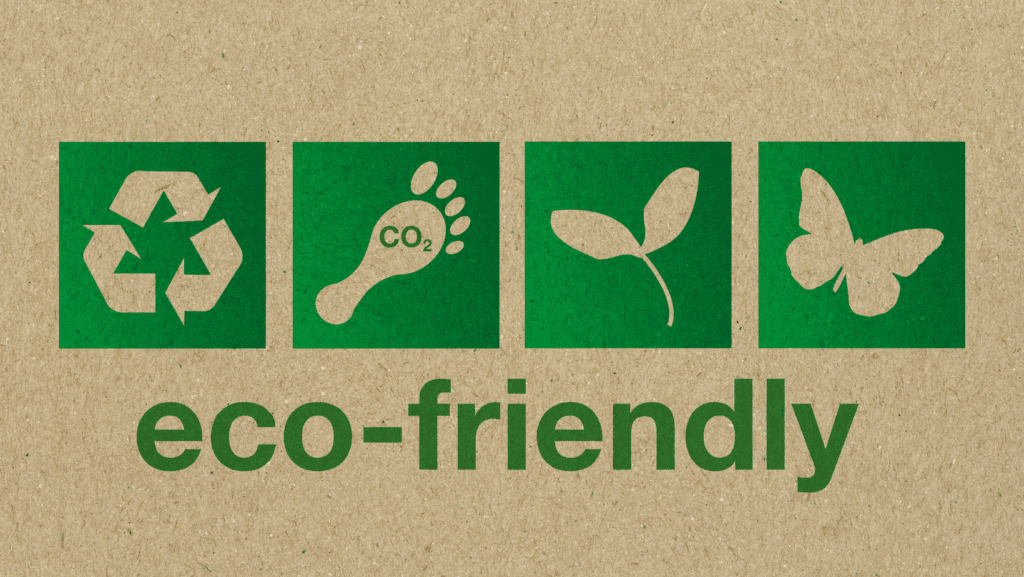
1. Microfiber cloths
Microfiber cloths are a great alternative to traditional cleaning cloths because they require less water and cleaning products to achieve the same level of cleaning effectiveness.
2. Natural cleaning solutions
Natural cleaning solutions, such as vinegar, baking soda, and lemon juice, are effective at removing dirt and grime without the use of harmful chemicals.
3. Steam cleaners
Steam cleaners use hot water and steam to clean surfaces, eliminating the need for harmful chemicals and reducing water usage.
4. Biodegradable trash bags
Biodegradable trash bags are made from natural materials that break down in the environment, reducing the amount of waste that ends up in landfills.
Sustainable cleaning equipment and tools
Investing in sustainable cleaning equipment and tools can reduce costs and improve the overall sustainability of your cleaning practices. Here are some sustainable cleaning equipment and tools:

1. High-efficiency vacuums
High-efficiency vacuums use less energy and are more effective at removing dirt and dust from carpets and floors.
2. Reusable mop pads
Reusable mop pads are a great alternative to disposable mop pads because they can be washed and reused, reducing waste.
3. Biodegradable trash bags
Biodegradable trash bags are made from natural materials that break down in the environment, reducing the amount of waste that ends up in landfills.
4. Green cleaning machines
Green cleaning machines, such as floor scrubbers and carpet cleaners, use less water and cleaning products to achieve the same level of cleaning effectiveness.
Shop our selection of cleaning supplies, equipment, and tools >
Green cleaning certifications and standards
Implementing green cleaning certifications and standards can ensure that your cleaning practices are environmentally-friendly and safe for human health. Here are some green cleaning certifications and standards:
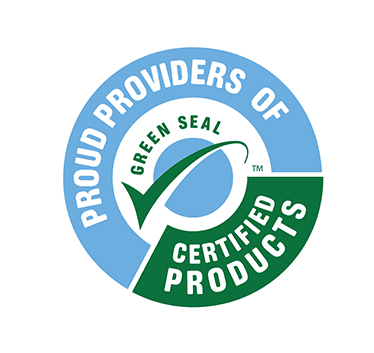
1. Green Seal certification
The Green Seal certification is a third-party certification program that certifies products and services that meet environmentally-responsible standards.
2. LEED certification
The Leadership in Energy and Environmental Design (LEED) certification is a green building certification program that promotes sustainable building practices.
3. EPA’s Safer Choice program
The EPA’s Safer Choice program is a labeling program that identifies products that are safer for human health and the environment.
Read more about sustainable practices at Express Facility Management >
Best practices for waste management in commercial cleaning
Waste management is an important part of sustainable cleaning practices. Here are some best practices for waste management in commercial cleaning:
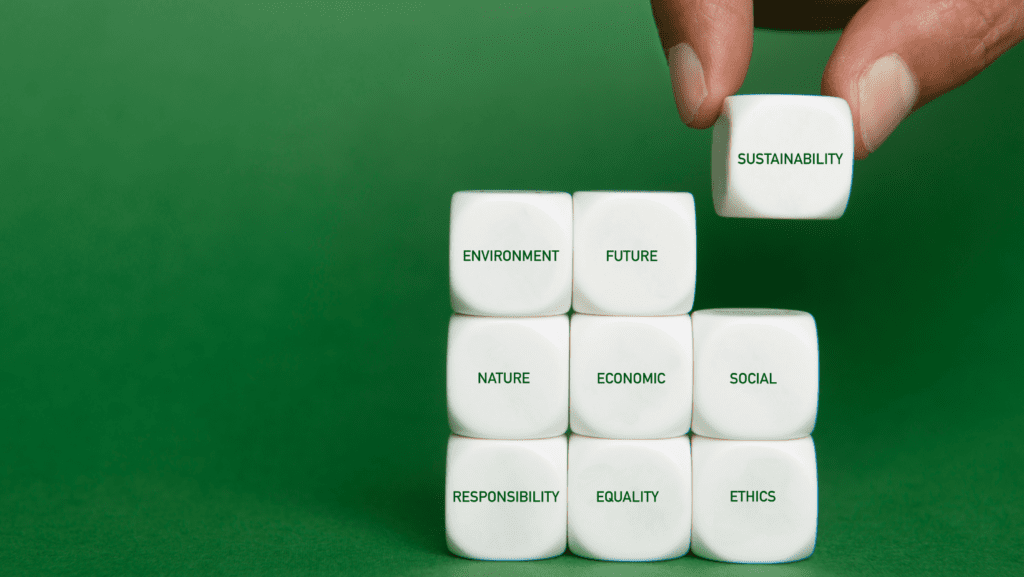
1. Reduce waste
Reduce waste by using reusable cleaning cloths, refillable cleaning product containers, and biodegradable trash bags.
2. Recycle
Recycle materials, such as cardboard, paper, and plastic, to reduce the amount of waste that ends up in landfills.
3. Properly dispose of hazardous materials
Properly dispose of hazardous materials, such as batteries and fluorescent light bulbs, to prevent them from contaminating the environment.
Next steps for adopting sustainable cleaning practices
Implementing sustainable cleaning practices in your commercial space can have numerous benefits for both the environment and human health. By switching to eco-friendly cleaning products and implementing sustainable cleaning practices, businesses can demonstrate their commitment to social responsibility, save costs, and improve their overall reputation. To get started, evaluate your current cleaning practices, educate your cleaning staff, and invest in sustainable cleaning equipment and tools. Additionally, consider implementing green cleaning certifications and standards and adopting best practices for waste management. By taking these steps, businesses can make a significant impact on the environment and promote a healthier and safer workplace for employees and customers.
Ready to see what a customized program would like for your facility?
– Get Started With 5 Steps –

